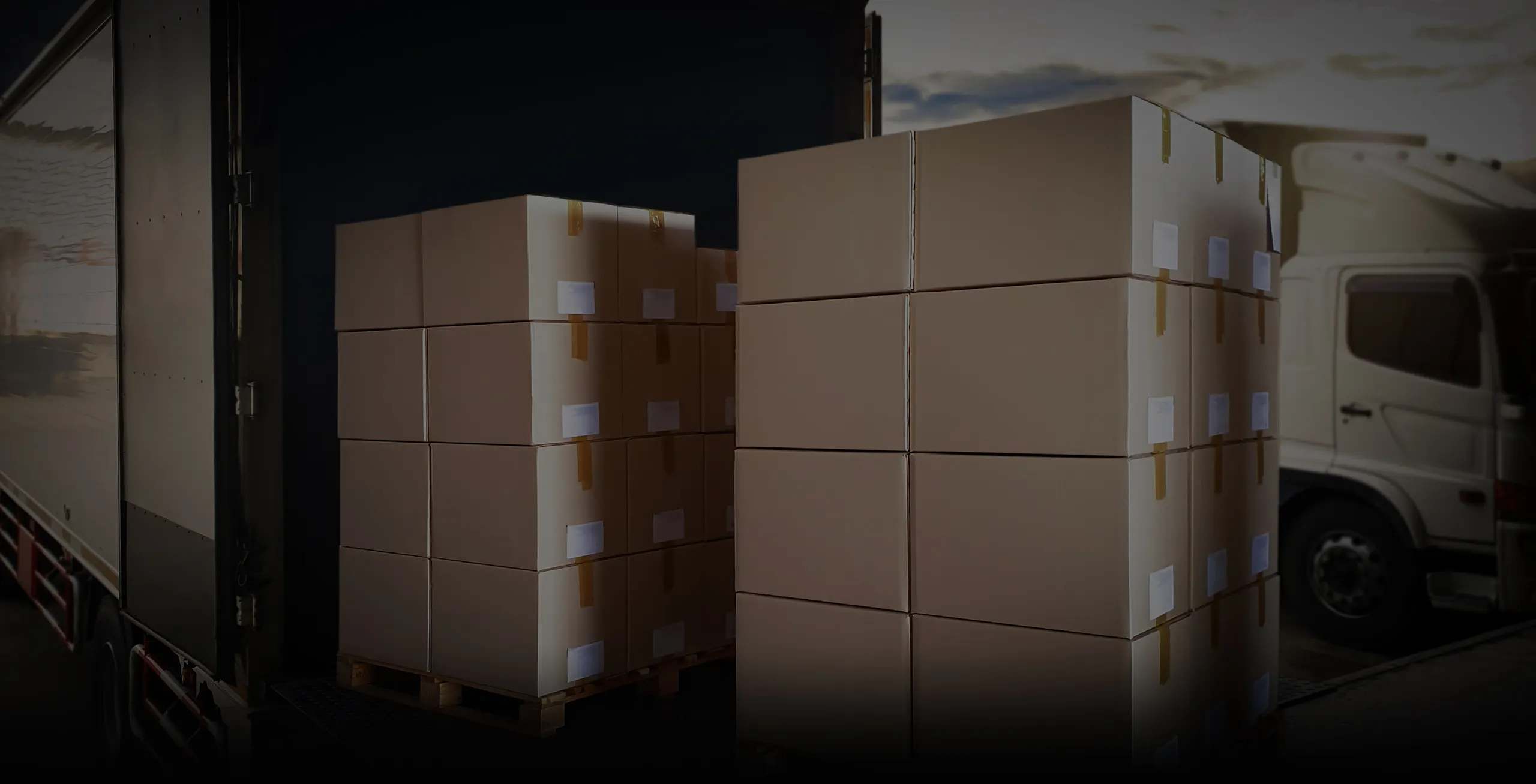Weighing individual loads, crates or shipments during the loading process allows operators to ensure that the vehicle is loaded evenly, allowing them to make real-time adjustments to ensure that the load is distributed correctly and safely. This can be achieved in a number of ways. Using a forklift scale allows items to be weighed in motion, allowing data capture as the items are loaded, and without slowing the process down. Shipments could also be weighed using a floor scale, or pallet scale, before being loaded onto the vehicle.
Overview
Using scales when loading vehicles is critical for maintaining safety, compliance, efficiency and cost control in transportation operations.
While the popular solution for weighing whole vehicles is to use a weighbridge system or axle weigher, weighing goods as they are loaded can also help operators to manage loads efficiently.
Weighing goods as they are loaded helps to optimise the payload per trip, maximising vehicle efficiency and reducing transportation costs, while also avoiding the risk of overloading. For distribution companies that charge by shipment weight, using legal-for-trade weighing equipment means that the stored data can be used for invoicing purposes, ensuring that the costs are passed on to customers quickly and accurately.
Weighing bundled and palletised goods can be time-consuming. By using a forklift scale, large shipments can be weighed en route, without the driver diverting to a floor scale. The in-cab instrument’s wireless option can transfer accurate weight data in real-time to a back-office collection system, where it can be used for ongoing invoicing or verification of vehicle weights.
Compare Products
Speak to an expert
Speak to one of our weighing experts to find the right solution for your business








